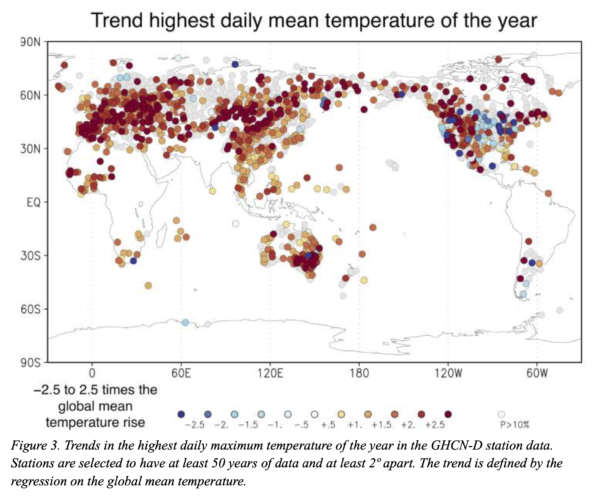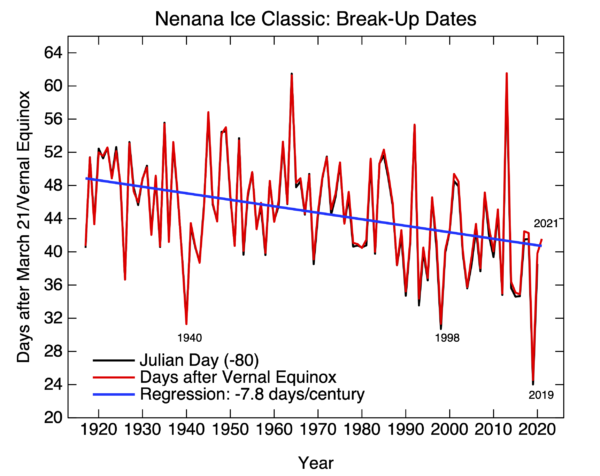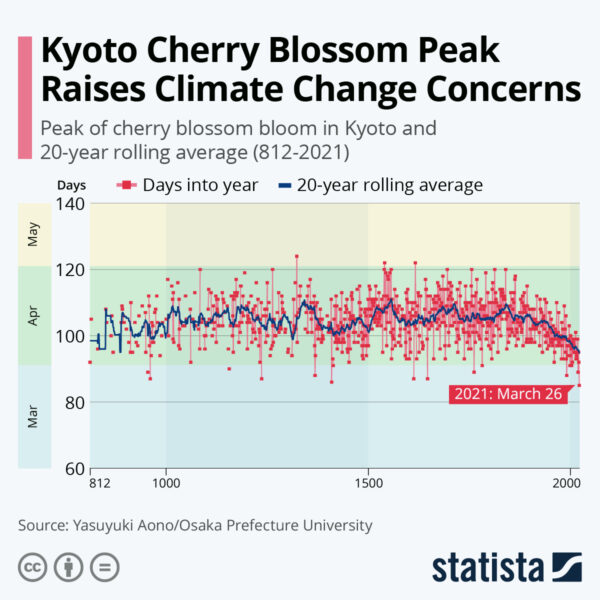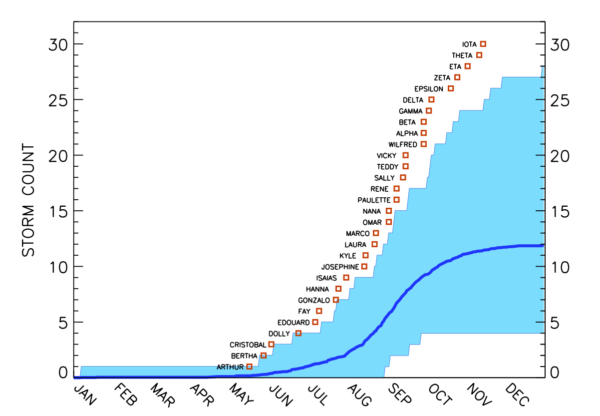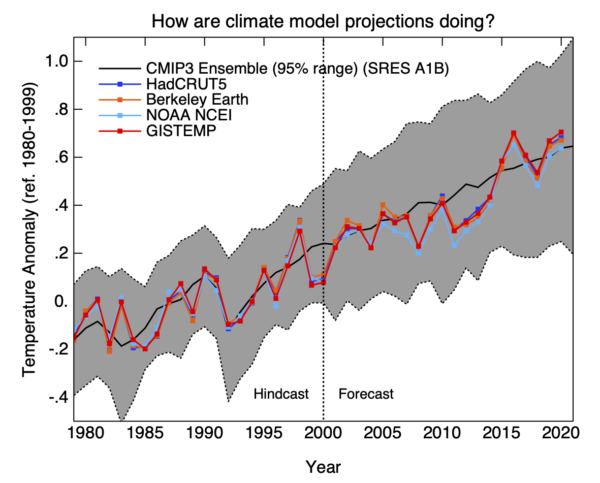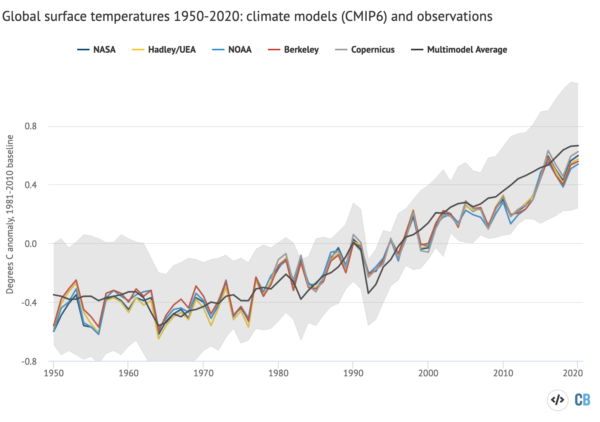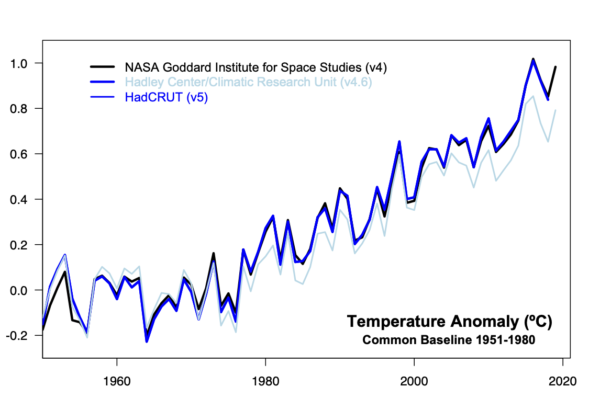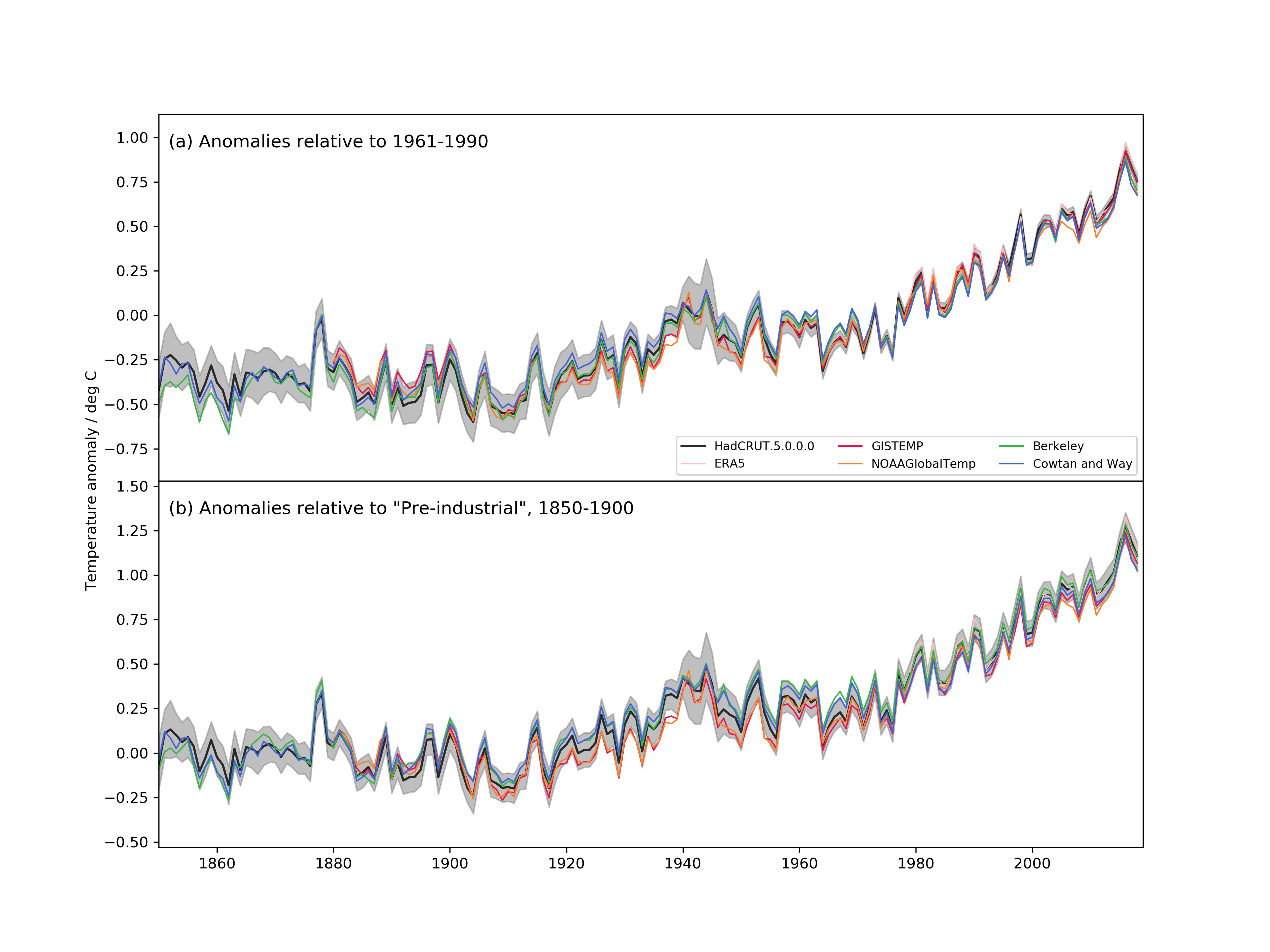Guest commentary by Malte Meinshausen, Zebedee Nicholls, and Piers Forster
Of all the troubling headlines emerging from the release of the Intergovernmental Panel on Climate Change (IPCC) WG1 report, one warning will surely dominate headlines in the next days and weeks: Earth is likely to reach the crucial 1.5℃ warming limit in the early 2030s.
In 2018, the IPCC Special Report on 1.5C warming stated in its summary for policy makers that the world was likely to cross the 1.5℃ threshold between 2030 and 2052, if current warming trends continue.
In this latest AR6, a more comprehensive assessment was undertaken to estimate when a warming level of 1.5℃ might be reached. As a result, some early media reports suggest 1.5ºC warming is now anticipated 10-years earlier than previously assumed (AFR, THE TIMES).
We want to explain here why that is not backed up by a rigorous comparison of the SR1.5 and AR6 reports. In fact, the science in the previous SR1.5 report and the new AR6 report are remarkably consistent.
[Read more…] about We are not reaching 1.5ºC earlier than previously thought
